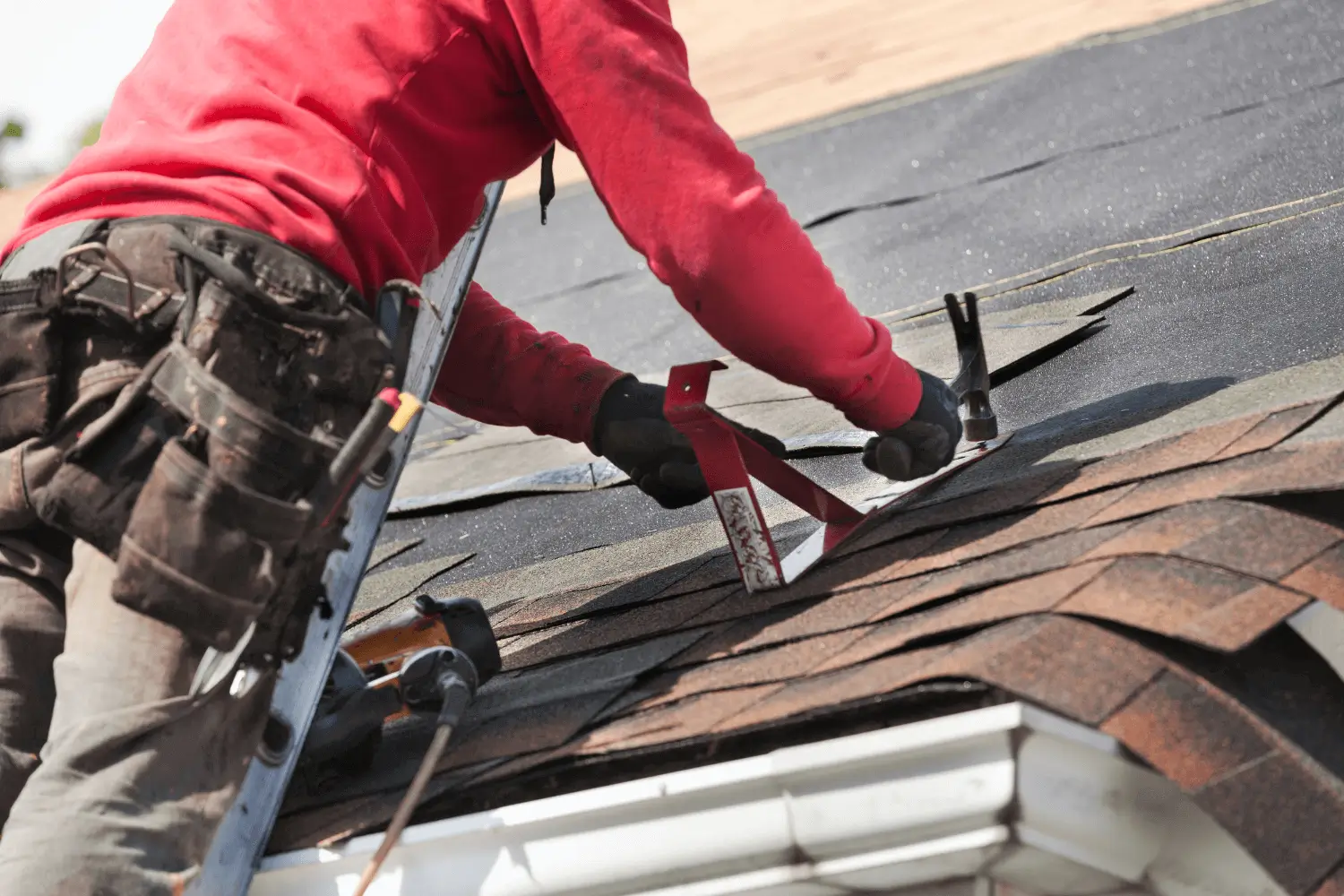At first glance, the job looks done. The flashing’s sealed. The patch is in. The invoice says “complete.” But give it a few weeks – maybe the next storm – and something’s off. A leak returns. Or new stains show up further down. You call again. More sealant. Another invoice. Yet the issue never fully leaves.
We’ve seen it. Not once or twice—again and again. It’s not that the last contractor didn’t try. It’s that commercial roof systems are complex – and not every failure is obvious. The real trouble hides just outside the repair zone. A slope a bit off. A drain that clogs after a thaw. A weld that shifts with temperature. This is where most Commercial Roof Repair and Maintenance falls short. Not in effort. In depth. And the cost of what’s missed adds up fast.

When Repairs Fix the Symptom, Not the System
Let’s say there’s water pooling by a rooftop unit. The membrane’s cracked. That’s the obvious fix. Patch it. Seal it. But why did it crack there? Is the slope off? Is the insulation underneath compromised? Is the unit itself draining wrong?
If those root questions aren’t asked, the repair doesn’t hold. You stop the leak – for now. But not the condition that caused it. And that’s the part no one tells you. Roofs don’t leak just because of wear. They leak because something about the environment shifted – weight, water, wind, design – and that shift hasn’t been addressed.
The Details That Slip Through
We’ve walked roofs after others finished the job. Looked good from the hatch. But then we found:
- Loose counterflashing under HVAC curbs
- Drain bowls catching debris that slows runoff (For more on how ponding water accelerates membrane deterioration and leads to flat roof failure, see ponding)
- Old patches lifting at the edge due to seasonal movement
- Split seams near traffic paths that hadn’t been sealed
None of these are dramatic failures yet – but they will be. And if your contractor only addresses what’s marked on the service order, those future risks walk right past them. That’s why we encourage clients to ask for a deeper flat roof inspection before assuming a single patch will do.
Maintenance Isn’t Glamorous – But It’s Smarter
When things are quiet, no one thinks about the roof. No leaks, no calls. But that silence is deceptive. Most of the damage we fix began long before the leak showed up. Water finds the weak spot, but that weak spot had help. A dropped tool. A frozen drain. A flashing joint no longer tight.
Regular inspections don’t sound urgent. But they catch those moments – the ones that don’t get logged, don’t make noise, but end up doing the most damage. A proper maintenance plan isn’t just a calendar. It’s a set of eyes trained to notice stress before it becomes damage.
And with flat roof systems especially, there’s no slope to hide behind. Water lingers. Wind peels. Traffic wears. Every step, every hour of sun, every inch of ice – it adds up. Without upkeep, even a brand-new roof can fail early. Not due to bad materials. Just neglect.
The Disconnect Between Client and Contractor
Here’s something not talked about much: what the building owner assumes and what the roofer does aren’t always aligned. You call for a leak. You assume the whole roof is looked at. But often, the service ticket says: “Address leak at east corner.” That’s it.
So unless that crew’s trained – or authorized – to go further, they won’t. They fix that corner. And maybe ten feet away, a seam is starting to lift. No one checks. Because that’s not what was ordered. And the leak returns. Different spot. Same cause.
That’s why we always suggest clients think system, not patch. Even if it’s one leak, ask for a broader review. One hour of proactive inspection saves weeks of reactive stress.
Why Local Knowledge Changes Everything
We’ve worked roofs all over Ontario – and every city throws something new at us. In Toronto, rooftop clutter means more foot traffic. In Sudbury, freeze-thaw cycles split seams fast. In Mississauga, wide-span commercial buildings flex differently than narrow shops downtown.
Those things matter. A team that knows the area brings more than tools. They bring context. And that context is how we stop problems that haven’t even started yet.
If you’re dealing with ongoing roof concerns, you may want to look into a crew that specializes in commercial flat roofing. It’s not about size – it’s about specialization. And trust builds fast when a contractor walks your roof and points out things you didn’t even know to ask about.
Let Maintenance Do the Heavy Lifting
Good maintenance isn’t loud. It doesn’t come with drama. It’s a steady rhythm. A quarterly check. A checklist. A few photos. And maybe a patch or two when things start to show stress. That’s it. That’s how you keep thousands of square feet dry, year after year.
The savings don’t show up on a single invoice. They show up in what you don’t have to fix. What doesn’t flood. What doesn’t rust. What doesn’t collapse mid-quarter and pull three departments offline.
Final Word
Roof repair is reactive. Maintenance is predictive. And in commercial buildings, where margins are tight and uptime matters, prediction always wins. The gaps in roofing work aren’t always about poor workmanship. They’re about poor follow-through. Missed details. No system-wide thinking.
If your roof’s been patched more than once this year – it’s time to ask bigger questions. Not just “where’s the leak,” but “why does it keep happening?” And if your last service ended with a clean invoice but no photos, no report, no context – it might be worth another look.
Because roofing issues don’t start at the leak. They start before it. In the silence. In the slow shifts. And that’s where the smartest fixes begin.
